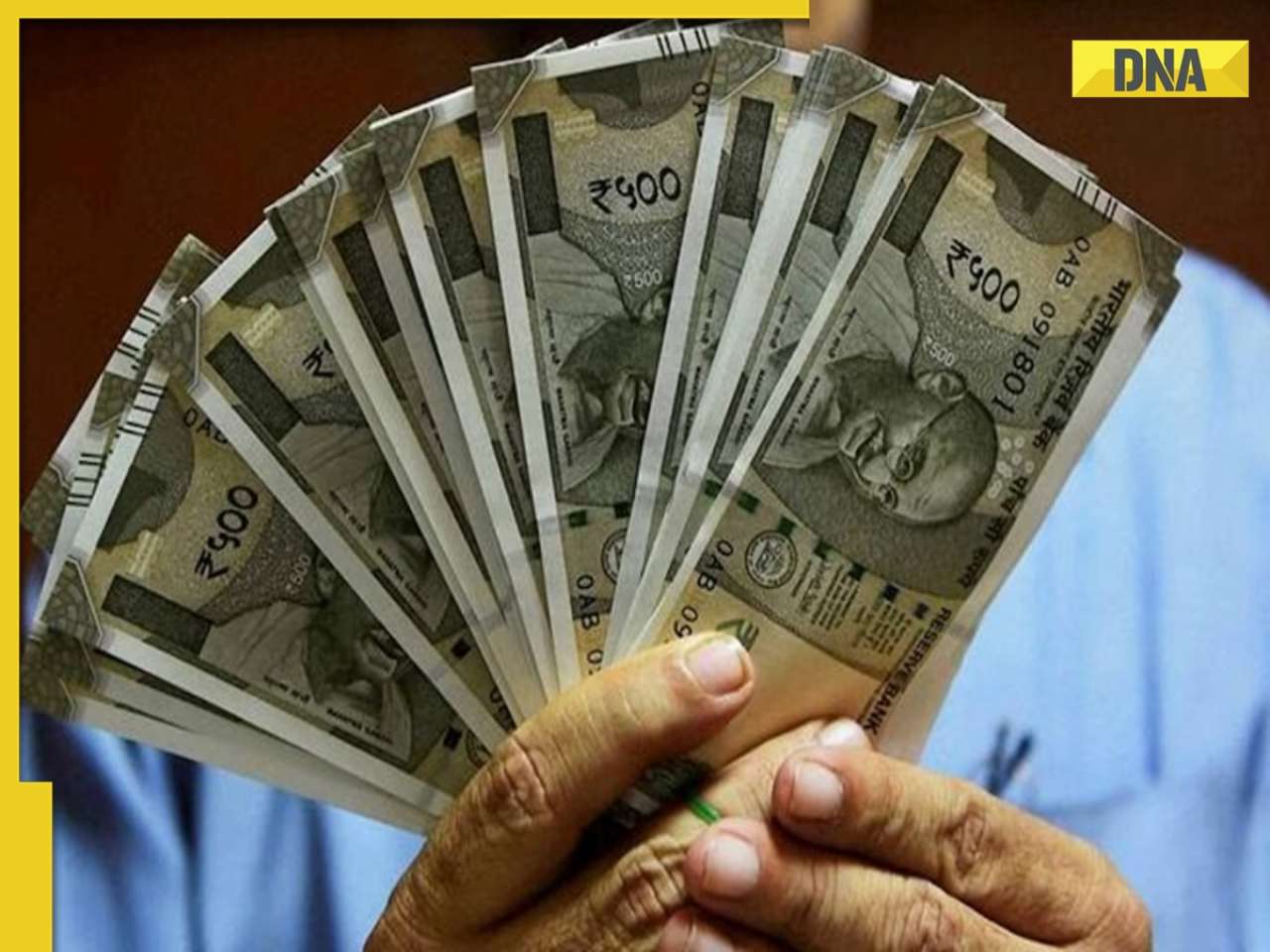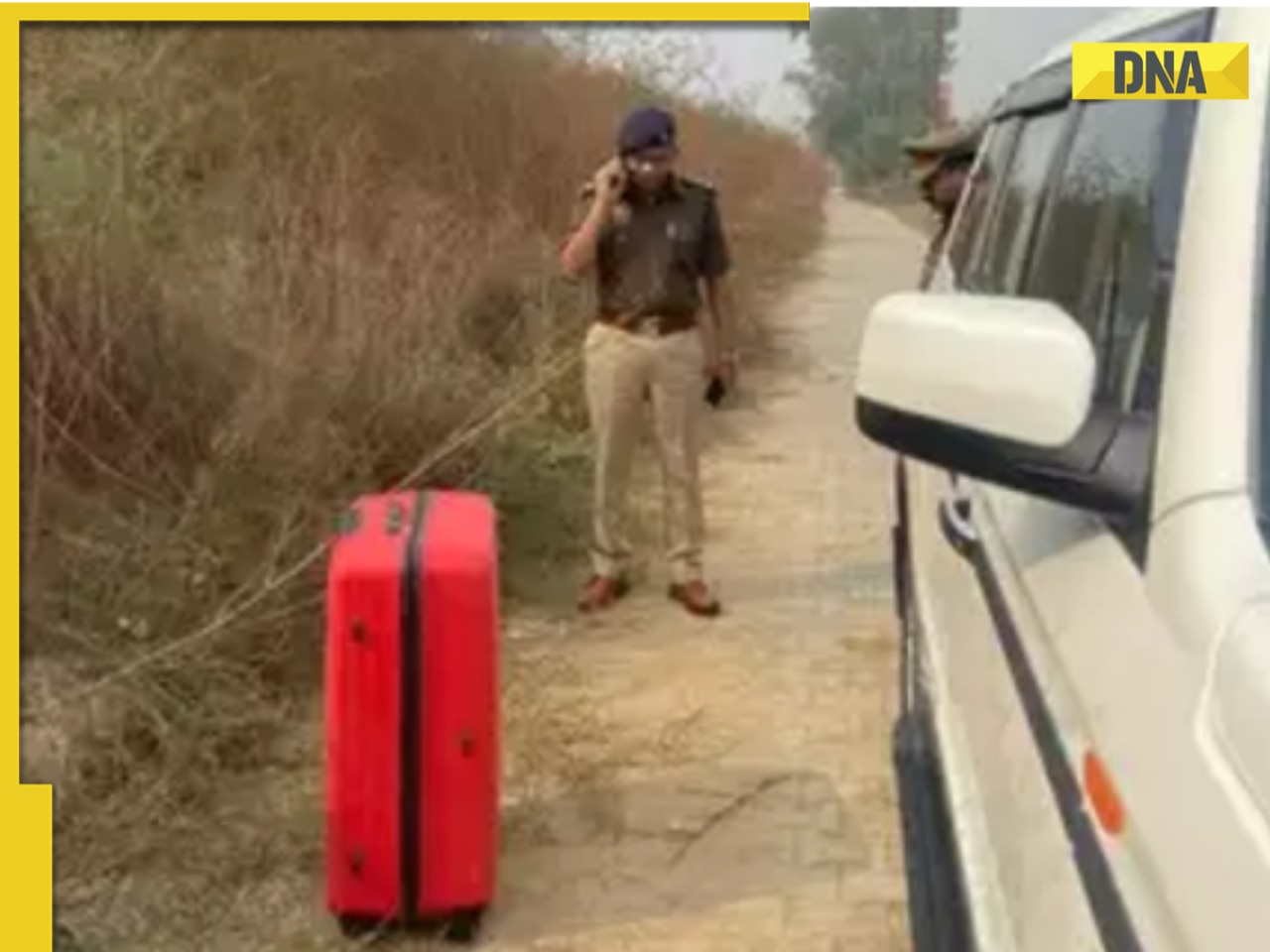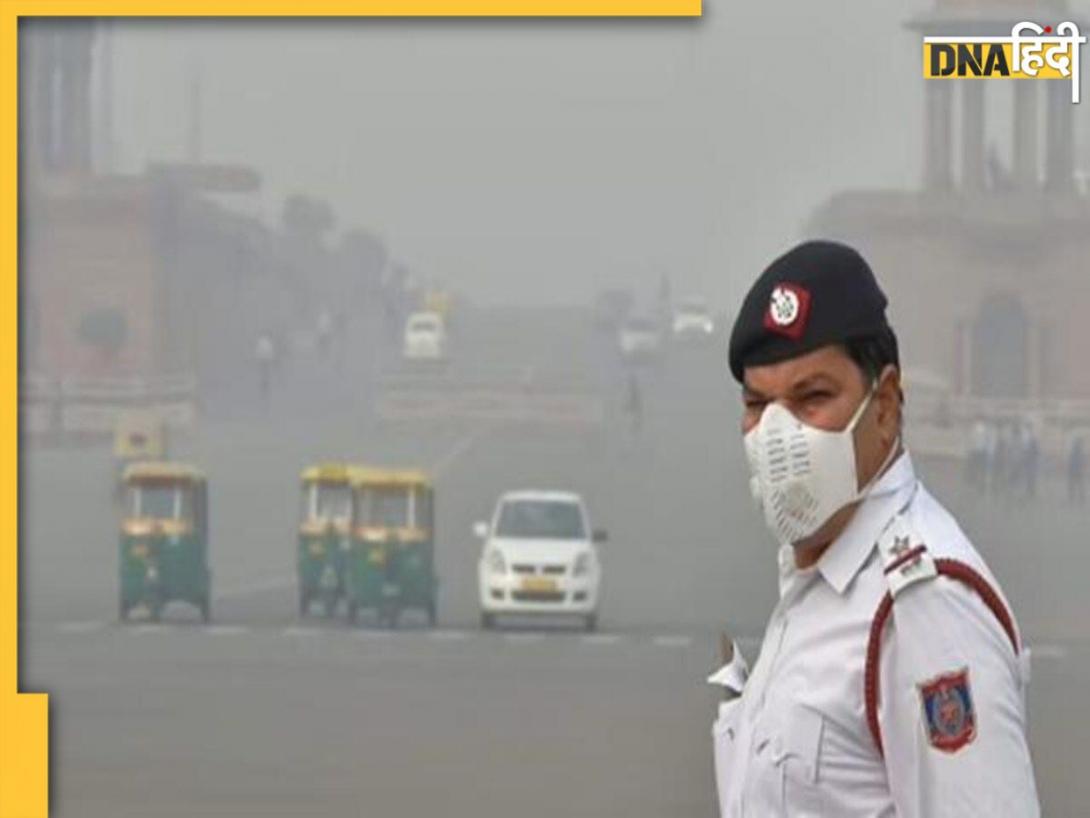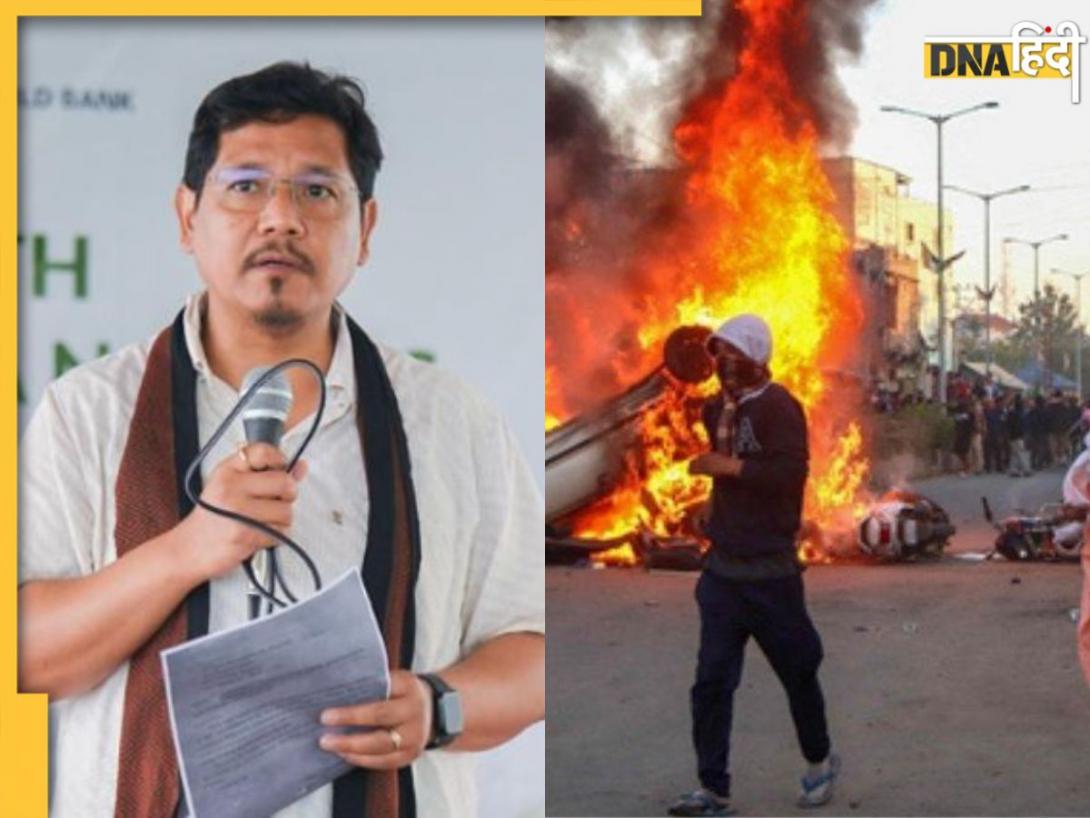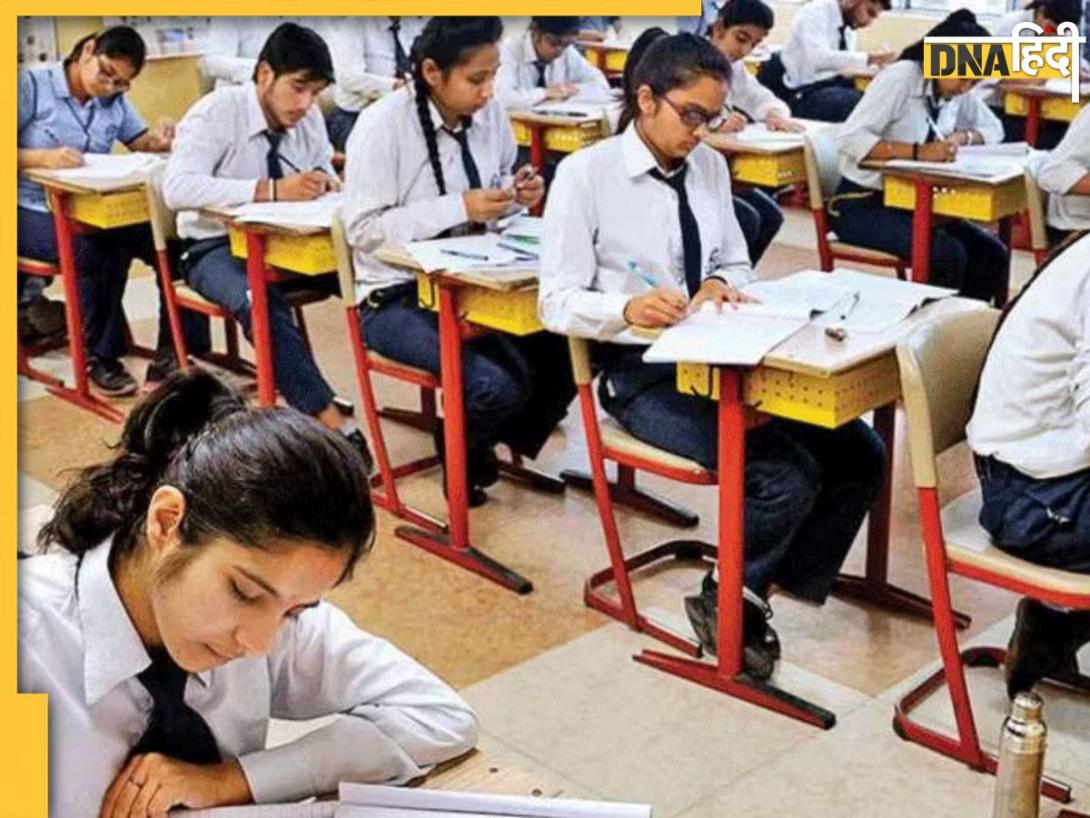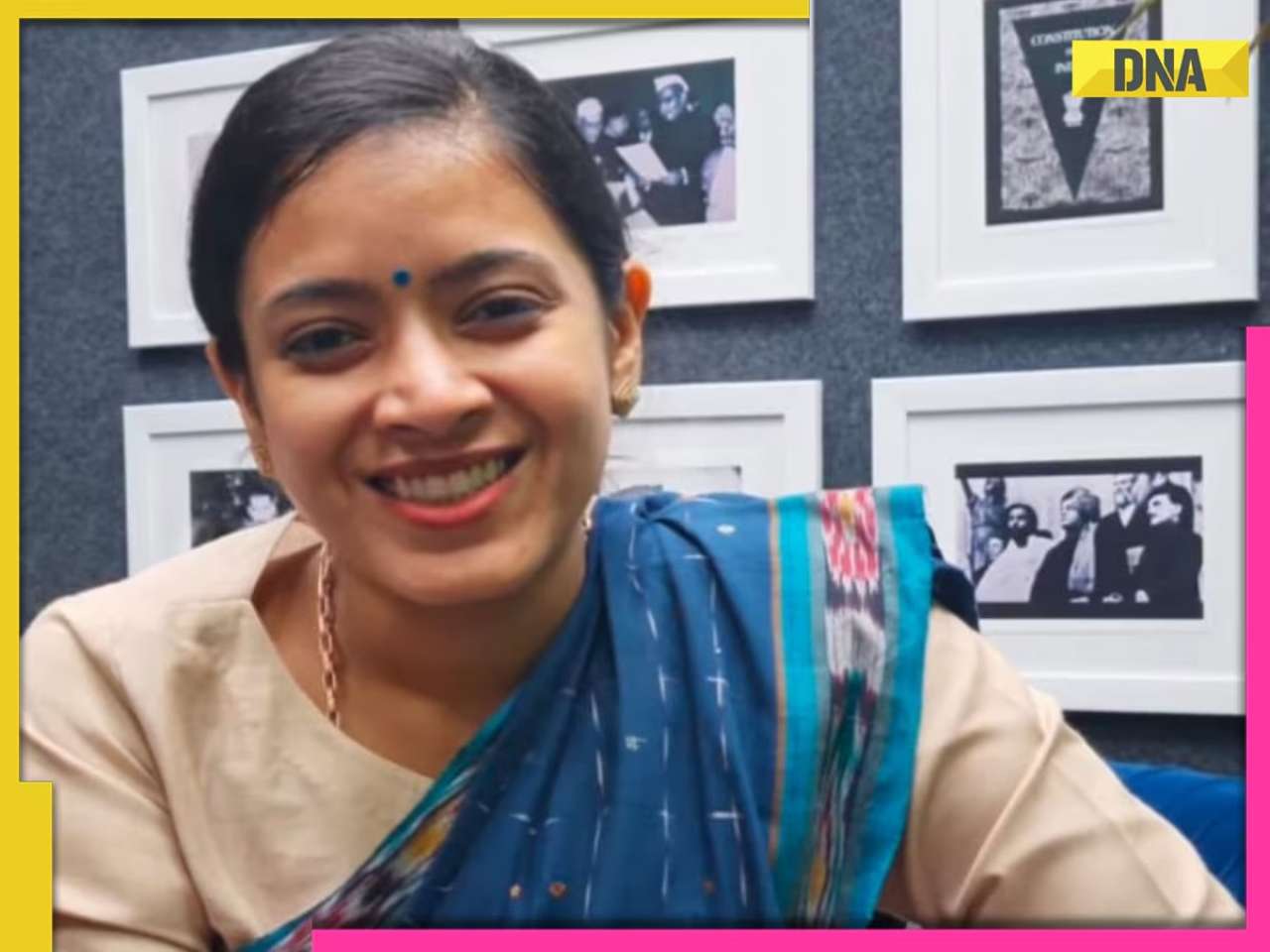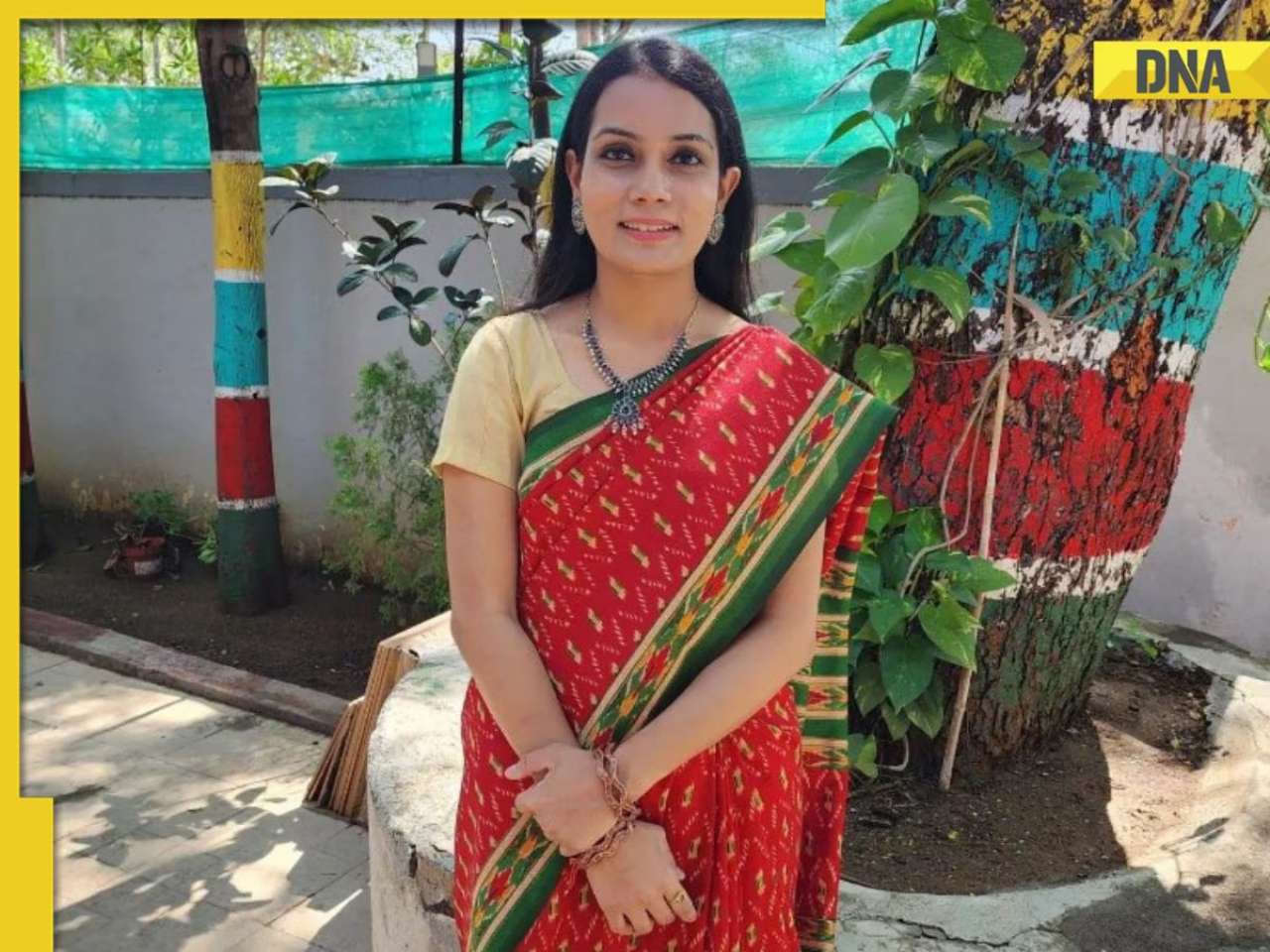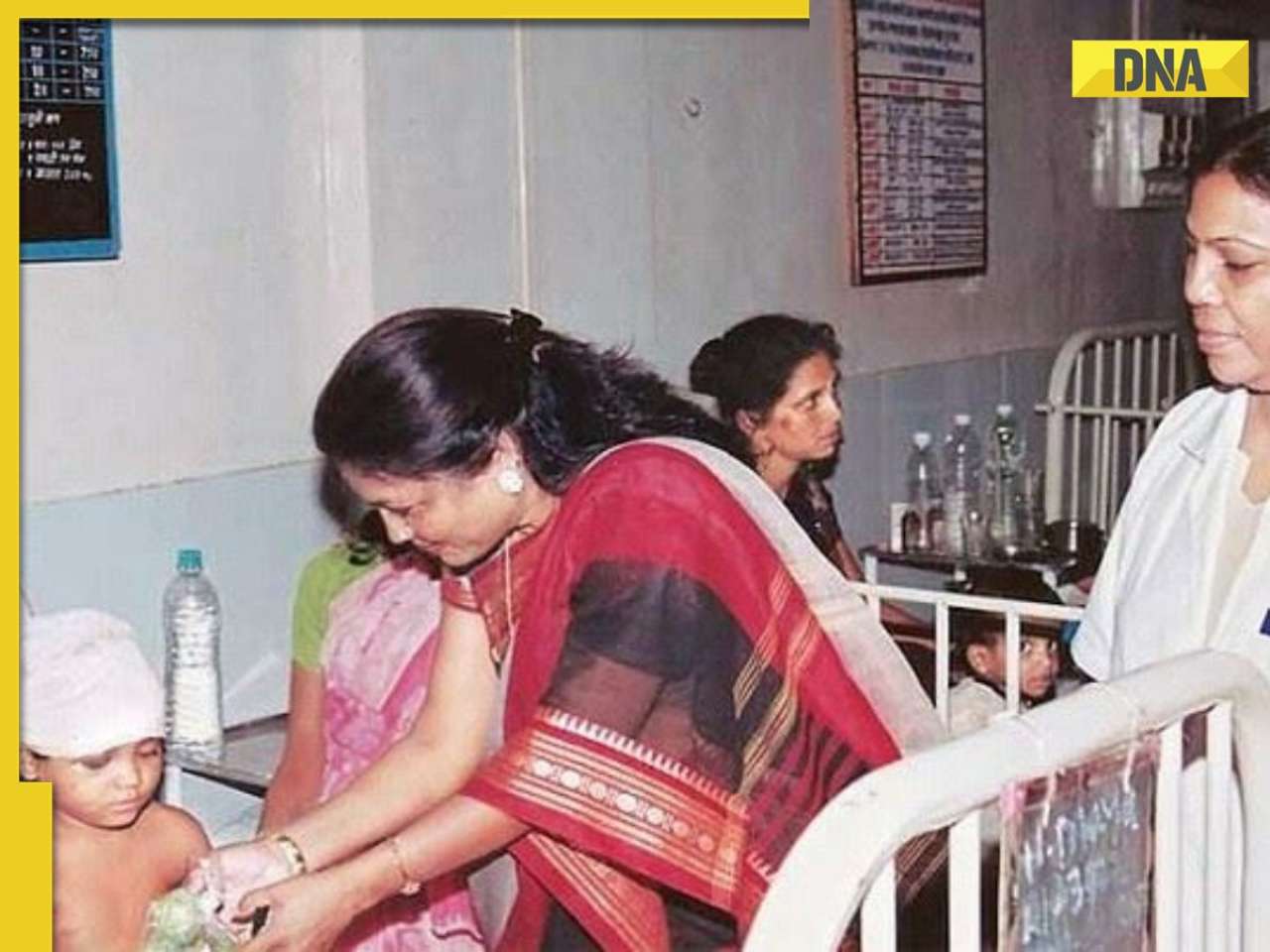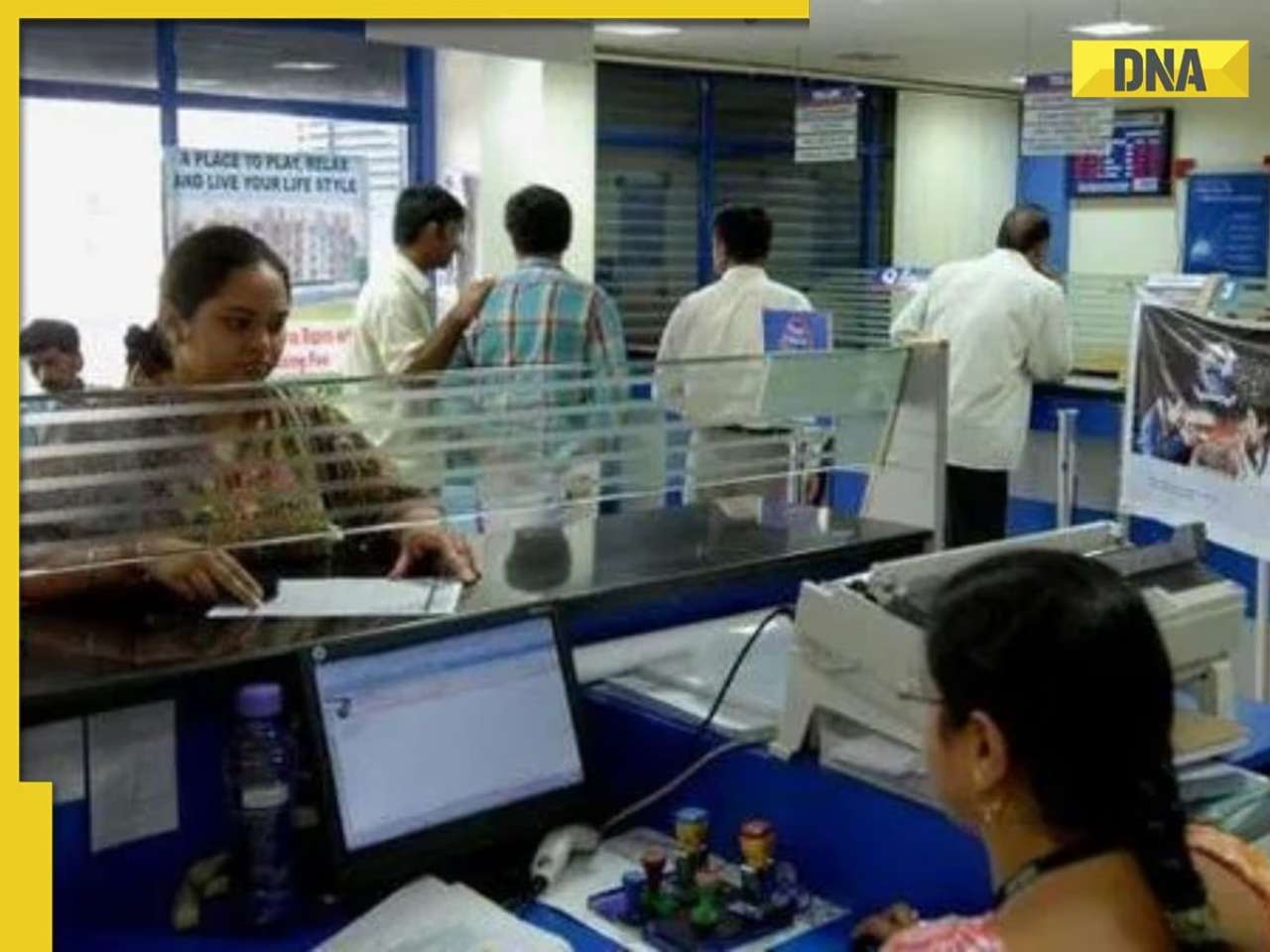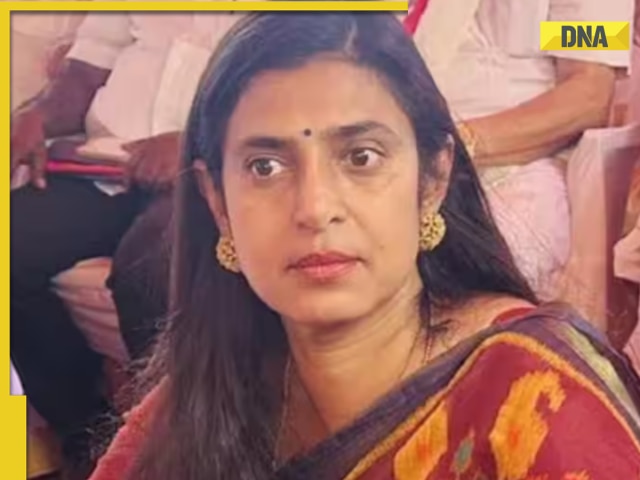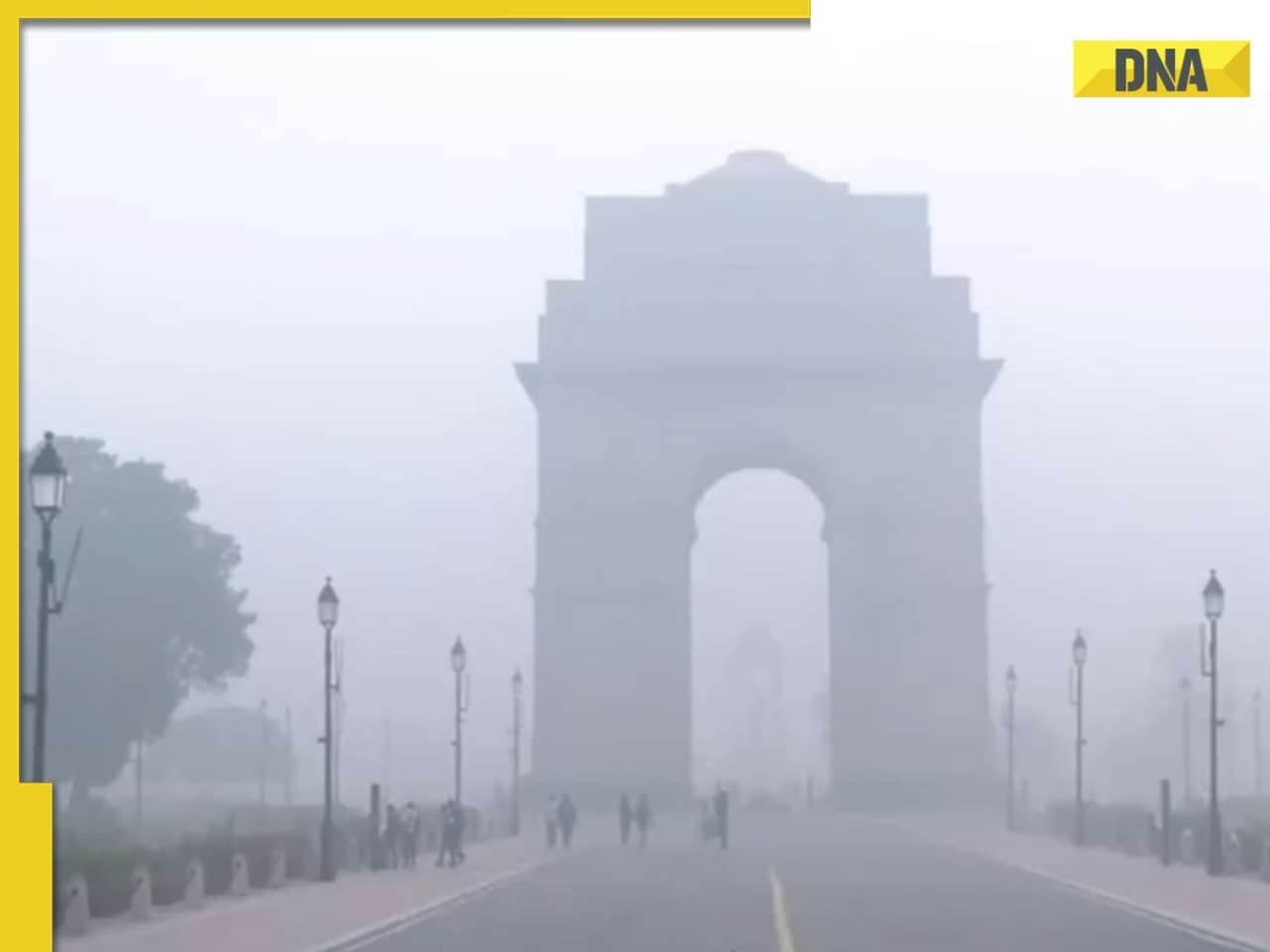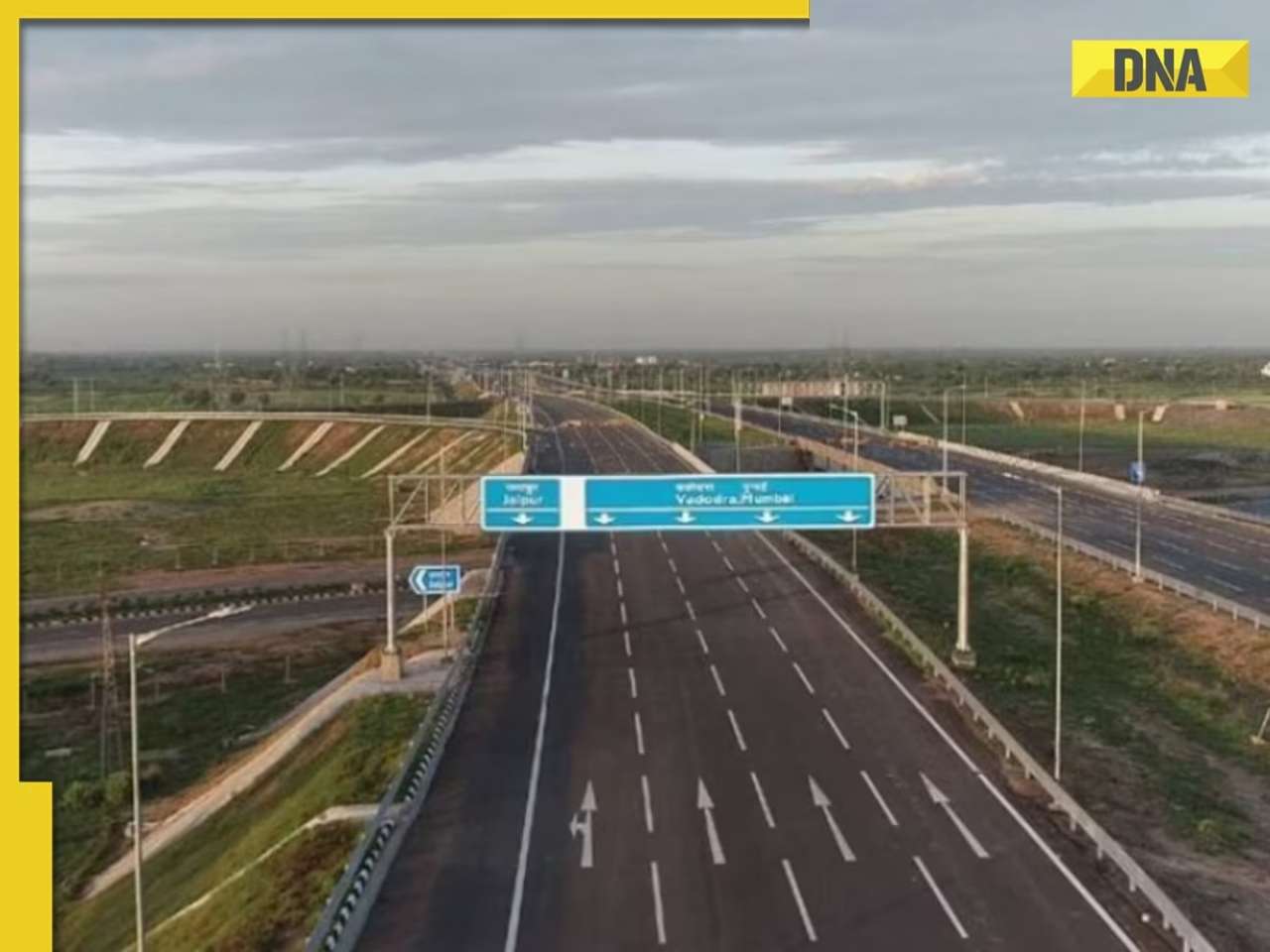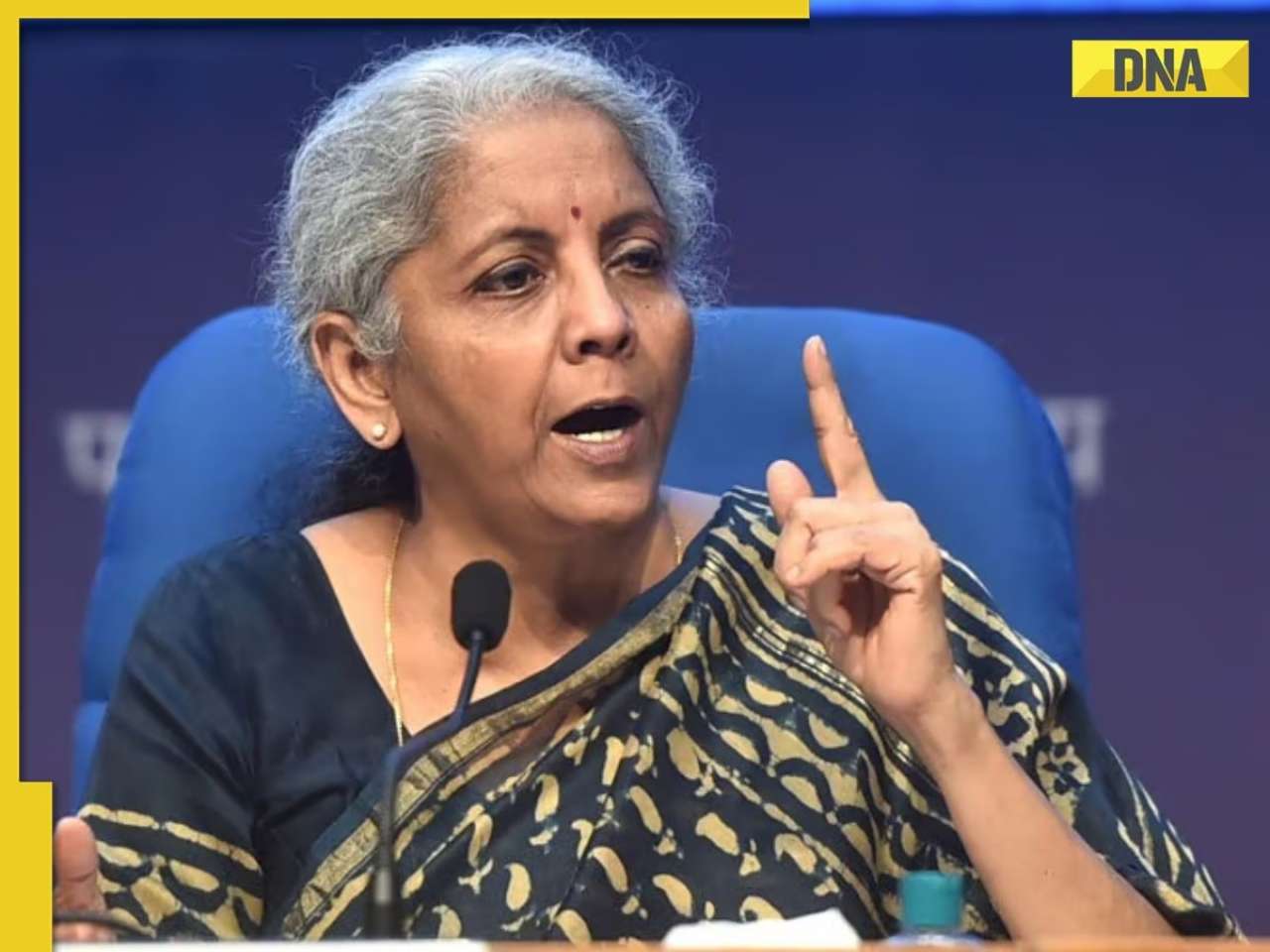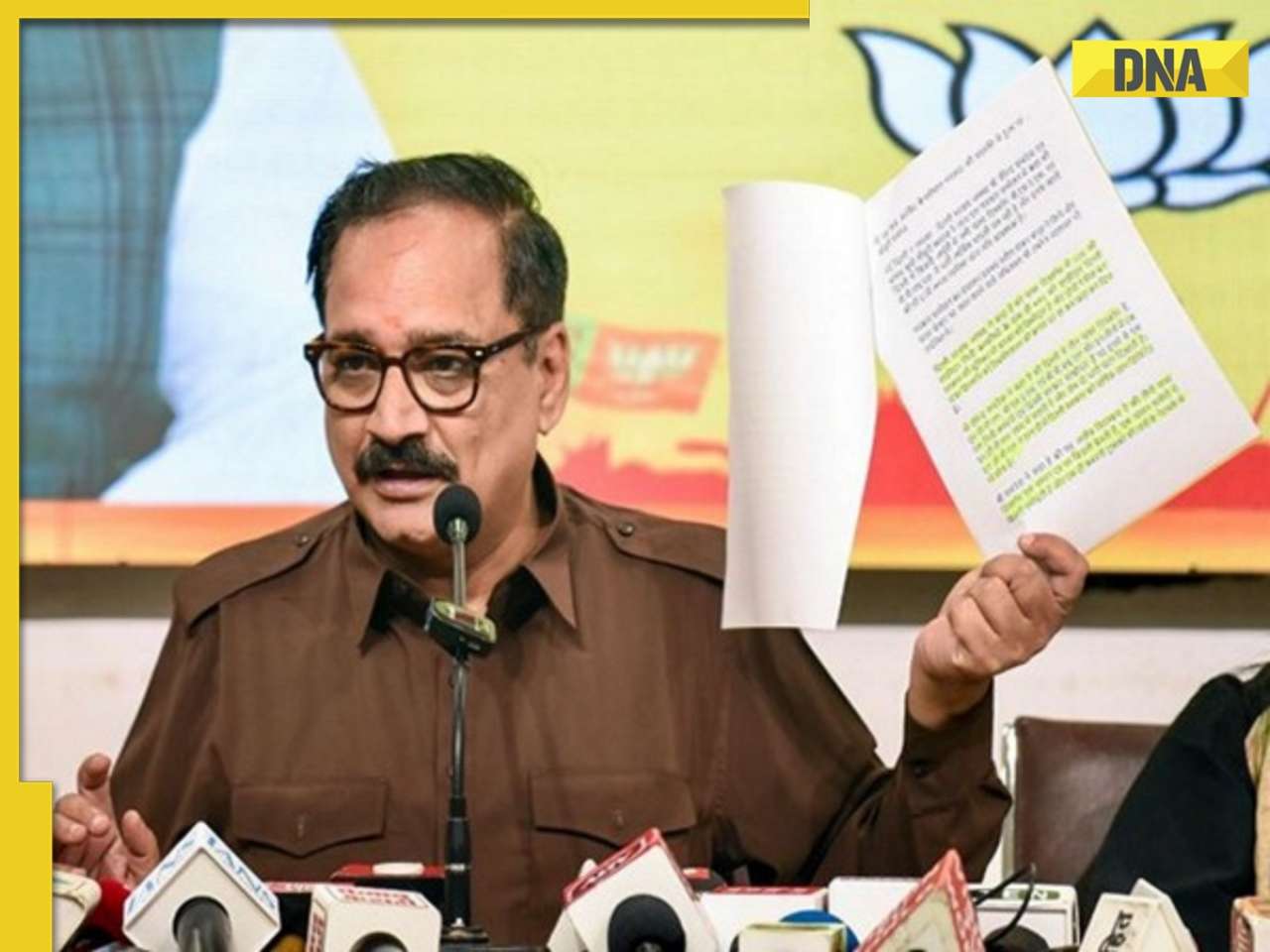- LATEST
- WEBSTORY
- TRENDING
MUMBAI
A misnomer called rehabilitation
Ten years after 10,000 residents of Jari Mari slums near the airport were rehabilitated in Dindoshi, they are nowhere close to even a semblance of a better life.
TRENDING NOW
Sajida Shaikh thought her family’s luck had turned around when they took up the government’s offer on rehabilitation and shifted from the Jari Mari slums near the airport to their new home in Shivshahi Prakalp, a slum rehabilitation authority (SRA) colony made up of 33 buildings in Dindoshi, Goregaon (E), overlooking Film City. Ten years later, Shaikh, in her 30s, believes that the hope for a better future that the state held out to the 10,000 residents of the Jari Mari slums was nothing but a pipe dream. For, their new homes are where dreams die a thousand deaths.
Sanitation, transport and water facilities — name an amenity and chances are that the authorities scrimped on it when making provisions for the SRA colony.
Children of a lesser god
Shaikh takes umbrage at the isolated location of the 33 buildings of the colony. “We have just one bus [going past our area], but the service is neither regular not adequate for over 10,000 residents. We have to shell out Rs60 just to make a one-way trip to the Goregaon station. How can we afford this?”
The residents, who are mainly labourers, zari workers, house help and other daily wage earners, blame the government’s poor planning for their numerous problems. Some are so bitter with the way the rehabilitation process has turned out that they claim to have been better off in the slums.
“People can’t afford to travel to the station due to high costs. The area is neglected by the BMC (Brihanmumbai Municipal Corporation). This leads to poor sanitation, which is responsible for disease and death. There isn’t enough water because of corruption. An inadequate number of schools is responsible for unemployment, drug abuse and crime. They are all connected. Clearly, vital factors were not considered during the planning stage,” alleges a social worker.
Because the buildings are so far removed from the routes on which public transport services ply, residents who work as house help find that most of their daily earnings are spent on the commute alone.
Shaikh, who also doubles as a health care worker at a tuberculosis (TB) directly observed treatment, short (DOTS) course centre in the area, complains that garbage is collected only once every week. “Overflowing gutters and filth raise the risk of contracting communicable diseases such as malaria and TB.
She alleges that civic authorities concerned wake up to the stink only if a minister or a BMC official announces a visit to the area. “They clean the place up the day before such a visit.”
Health takes a backseat
Over 31 TB patients, 10 of whom have the virulent multi-drug resistant strain, stay in the seven-storied buildings in the colony. The number, warns Shilpa Kamble, a co-ordinator of NGO Navnirman Vikas Kendra, could be much higher since many cases go unreported.
She says there was a spike in the number of cases reported in recent months following a door-to-door TB diagnosis campaign.
Most TB patients here shy away from seeking treatment because of the stigma attached to the disease. “They are afraid that no one will marry their daughters,” explains Rajesh Saban, another health care worker.
“We even have an eight-year-old XDR (extensively drug resistant) TB patient. Sometimes, medicines don’t work because of poor diet. Most people can’t afford [to eat] healthy food here. Six to 10 people live in a 10x15sqft room. So, diseases can easily spread,” says Kamble.
Shaikh complains that residents get water for just half-an-hour every two or three days. Hygiene and sanitation, therefore, take a backseat. “It was easier to live in the slums. At least then we could keep clean and send our children to school,” she adds angrily.
Another resident alleges that the supply of water to the colony was regular until their own community elders, in connivance with authorities concerned, sold their water connections and diverted the pipes towards Maitri Park, an affluent colony in the vicinity.
Where crime festers
There is just one BMC school in the area and even that offers classes only up till the seventh grade, says Shaikh, a mother-of-two. “Some people couldn’t cope with the hardship of living in this place. So, they sold their rooms and left. We had no choice but to stay back. Our children had to travel all the way to a school in Malad after clearing Class VII.”
The arduous journey — a 30-minute commute to the station, taking a train to Malad and then a bus ride from there to the school — is responsible for a high dropout rate among girls from the minority community.
Most residents were self-employed as embroidery workers at the time they lived in the slums. The move to the isolated Shivshahi Prakalp cost many their clients. The ensuing unemployment, coupled with the high school dropout rate, made matters worse.
Gulnaz Khan, an NGO worker, jests that perhaps, authorities are ignoring this area because of its sobriquet ‘Chhota Pakistan’.
“Due to unemployment, many youngsters have turned to drugs and are sniffing thinners. Children as young as eight and 10 are subjecting themselves to such substance abuse. Addiction is fuelling crime here. That’s how the police started calling this place ‘Chhota Pakistan’,” explains Khan.




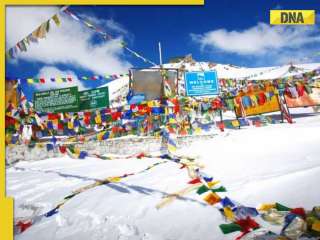



)
)
)
)
)
)
)
)
)
)
)
)
)
)
)





